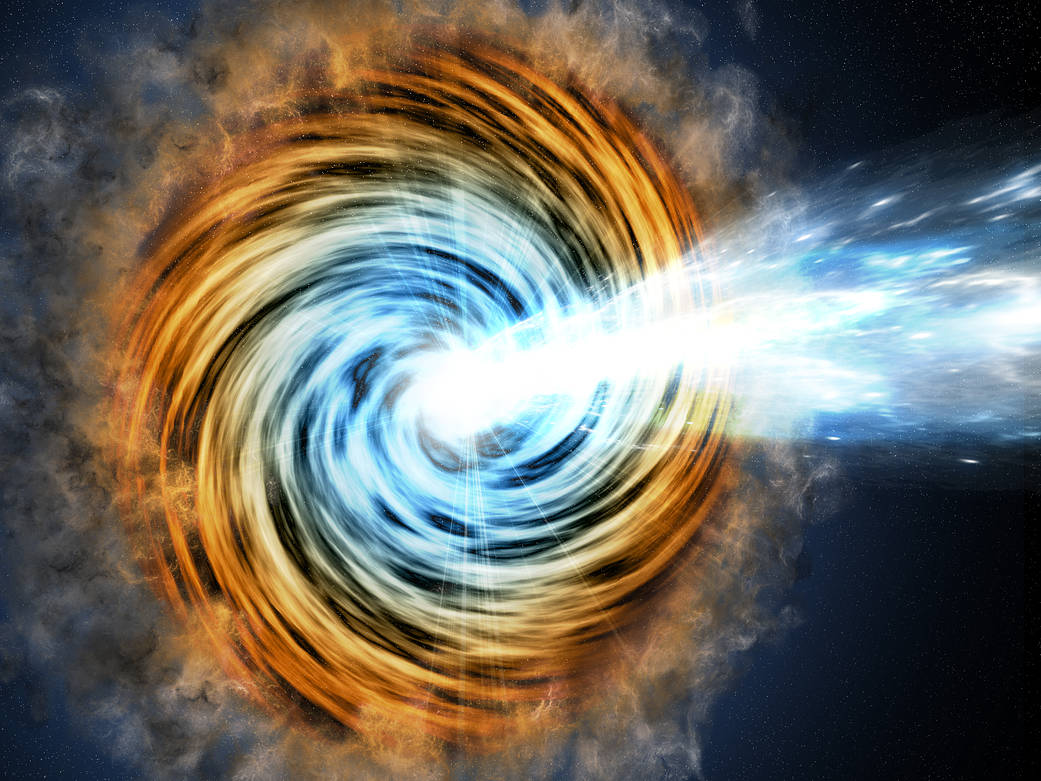Kunning Xu
University of Alabama, Huntsville
The smashing of atoms to create fusion powers our Sun. On Earth, humanity is researching fusion energy to power our homes. But the same high energy fusion reactions can also be harnessed to propel spacecraft to higher velocities than seen before and reach other planets in our solar system in record time. This project investigates one of the critical components of a pulsed fusion propulsion system: the power generating magnetic nozzle (PGMN). A pulsed fusion reaction generates an expanding ball of hot plasma in all directions. For space propulsion, that hot plasma must be directed into a single direction for efficient thrust production. A magnetic nozzle is preferred over a physical nozzle since a physical nozzle would melt under the plasma bombardment. We can also extract electrical power from the expanding fusion plasma using a process called flux compression. Together, the PGMN will be able to generate power while redirecting the plasma to produce efficient thrust for space exploration. This project will conduct laboratory experiments using a laser produced plasma in a high magnetic field to emulate the fusion plasma expanding into a magnetic nozzle. We will first separate the thrust generation and flux compression aspects to study them independently, and finally combine them into a single nozzle design. Computational modeling will help us understand what the experiments show. We will study both the practical aspects of how much power and thrust are generated, as well as the fundamental behaviors of plasmas in strong magnetic fields. The experimentally validated models will allow scaling up of the results to spacecraft scales and enable more accurate mission designs enabled by advanced fusion propulsion systems.



























